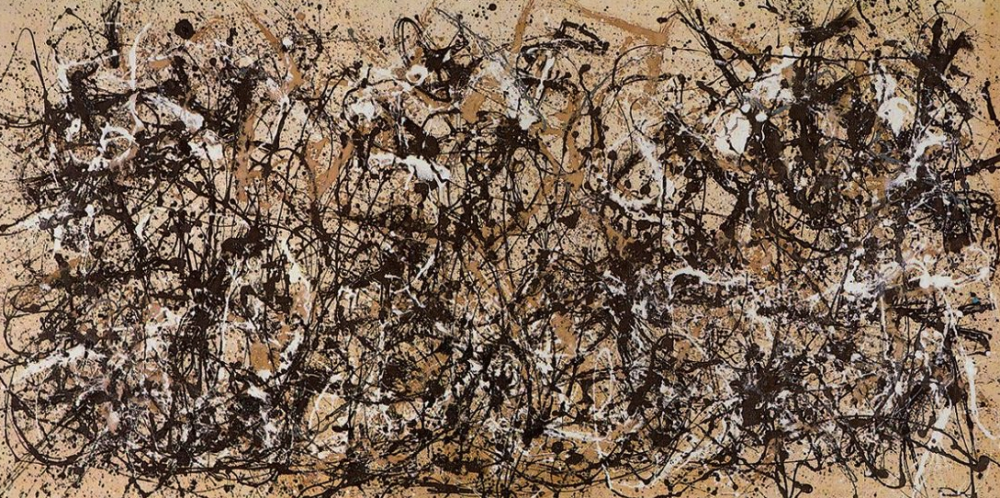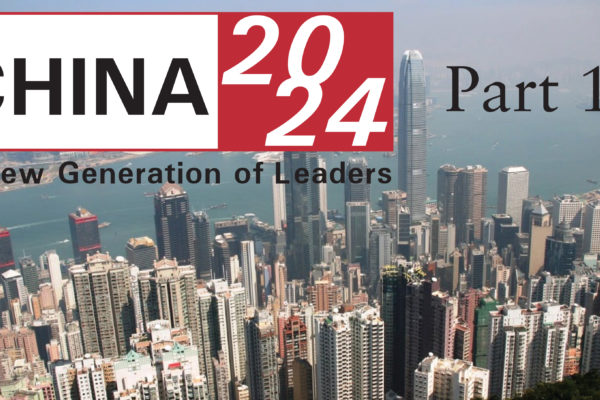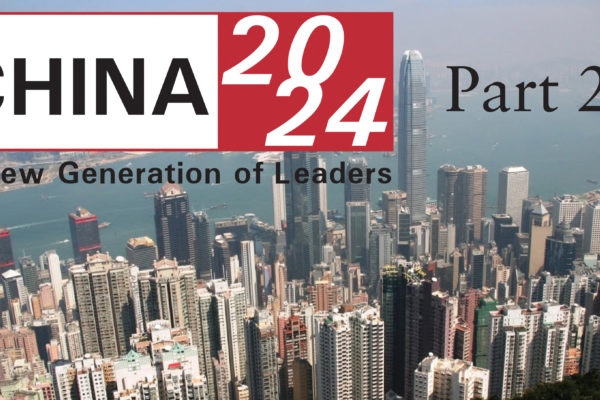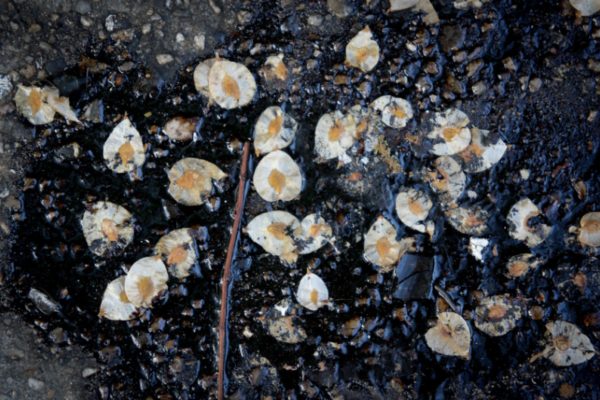
Elliott Jaques, best known for coining the term “mid-life crisis,” is also a highly original and largely ignored management theorist. His central idea, best described in the book Requisite Organization, is that the “size” of people and the “size” of problems can be measured on a common scale. He developed ways to measure people’s thinking, encompassing different levels of complexity. Those levels, in turn, govern the level of complexity – length of time horizon, breadth of reach, integration of different kinds of parts – of the problems that people can be relied upon to solve.
Without becoming orthodox Jaquesians — and he made any number of very big claims that could well be wrong — we can learn to use the essence of his ideas, and particularly learn to see the spectrum of levels of complexity in how people think and how people engage with the world. This in turn unlocks a great deal of insight into what people are likely to achieve, particularly over the long term.
How can one learn to see complexity?
Richard Taylor, Adam Micolich and David Jonas wrote a fascinating paper “Can Science Be Used to Further Our Understanding of Art?” which uses mathematical analysis of Jackson Pollock’s work as its core.
Mathematical patterns represent different levels of complexity. Taylor and his co-authors illustrate the difference between drip patterns generated by a mathematically chaotic process and those generated by a non-chaotic process that embodies a lower level of complexity. Pollock’s drip patterns – the right-most image shows the pattern formed by a paint of a single color within a larger multi-color work – have very similar properties to the complex patterns formed by the chaotic process.

Analyzing Pollock’s work more deeply, Taylor and his colleagues show that a drip painting is formed by multiple layered colors, each of which exhibits fractal structures formed by the chaotic processes. These same fractal structures make natural structures like shorelines and lightning bolts, and together exhibit a fractal structure of greater depth. To quote the paper: “[Pollock] described Nature directly. Rather than mimicking Nature, he adopted its language – fractals – to build his own patterns.”
Even without the tools of mathematics, the complexity of Pollock’s work strikes the naked eye. A good observer could see the difference between a real Pollock with its fractal properties, and a fake Pollock that lacks these properties. And, conversely, programmers have developed algorithms that produce convincing fakes through mathematical patterns that generate fractals with similar properties.
We can see differences in the complexity of the worlds people can navigate, just as we can see differences in complexity between a real Pollock and an image on the left of the sequence above. These differences come to life in a longitudinal study like China 2024.
In our study, one member – we’ll call him Zhou – described his professional development. He explained how in a prior role he came to understand how the Baldridge quality framework provided a conceptual system for leading a company, and how that structured the way he has approached the task of general management in his new role. Zhou’s way of thinking embodies what Elliott Jacques describes as a “fifth stratum” of complexity – someone who thinks and engages with the world in this way naturally formulates a conceptual system, and then translates that down into streams of action that then can be played out, through a series of steps, to turn the concept into a concrete result.
Another member in the study – we’ll call her Hua – talked about how when she moved from being an industry analyst at one bank to a strategist role at another bank, she “had thought that everything could be modeled, but realized that markets aren’t like that.” She liked that level of complexity less, so she went back to work that could be broken down more completely into a set of operative rules that could be applied in a rigorous, sequenced way. Hua’s way of thinking embodies Jacques “third stratum” of complexity – in which someone thinks in terms of a chain that leads from one step, to the next, to the next, and so on to the result to be achieved.
Both Zhou and Hua are highly competent professionals. Both were in positions of comparable prestige after their graduation from business school. However, Zhou’s mind works in a larger way that can address larger, more complex problems than Hua’s characteristic way of thinking can address. Hua would be at risk of building a sand castle against a tide that Zhou could see and provide for.
Just as a Pollock – or the jagged edge of a shoreline seen from the air – has a signature that enables us to recognize the genuine article, each level of complexity in Jaques has its signature in how people think and act. When we learn to see these signatures, we can see a great deal of what causes people to experience different kinds of outcomes. Particularly in an environment like the higher levels of business in China, in which the speed of market evolution is so fast, the scale so vast, and the chess involved in the interplay of the worlds of business and government so intricate, the ability to see and manage complexity is central to achieving big things over long time frames.
In the macro-miniature that is China 2024, we are already beginning to see these differences emerge, and the next decade will show in greater relief how these specific kinds of differences among individuals interact with the ebb and flow of different forces at the institutional and macro levels to shape what our members choose and achieve.



